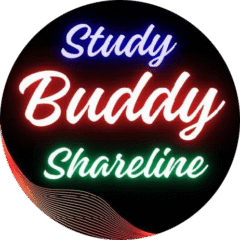Subtopic: Nature of Enzyme action
Enzyme-Substrate Interaction
- Specificity: Each enzyme (E) has a specific substrate (S) binding site within its structure.
- Enzyme-Substrate Complex (ES): The binding site facilitates the formation of a highly reactive, transient (short-lived) ES complex.
- Enzyme-Product Complex (EP): The ES complex transitions into an EP complex.
- Product Formation and Enzyme Regeneration: The EP complex dissociates, yielding the product(s) ℗ and regenerating the unchanged enzyme (E).
- Overall Reaction: E + S ⇌ ES → EP → E + P
- Importance of ES Formation: Crucial for the catalytic activity of the enzyme.
Catalytic Cycle of Enzyme Action (Step-by-Step)
- 1. Substrate Binding:
- The substrate molecule encounters the enzyme.
- The substrate fits specifically into the enzyme’s active site.
- Two models explain this interaction:
- Lock and Key Model: The substrate perfectly fits the pre-existing active site of the enzyme, like a key in a lock.
- Induced Fit Model: Substrate binding triggers a conformational change in the enzyme’s shape, allowing the enzyme to snugly fit around the substrate, maximizing interaction and stabilizing the transition state. This is the currently favored model.
- 2. Catalysis (Bond Breaking and Product Formation):
- The active site, now in close proximity to the substrate, facilitates the breaking of chemical bonds within the substrate.
- This bond breaking leads to the formation of the enzyme-product complex (EP).
- The chemical transformation of the substrate occurs at this stage.
- 3. Product Release and Enzyme Regeneration:
- The enzyme releases the newly formed product(s) ℗ from its active site.
- The enzyme returns to its original conformation.
- The free enzyme is now available to bind with another substrate molecule and repeat the catalytic cycle. This ensures the enzyme can catalyze multiple reactions.
